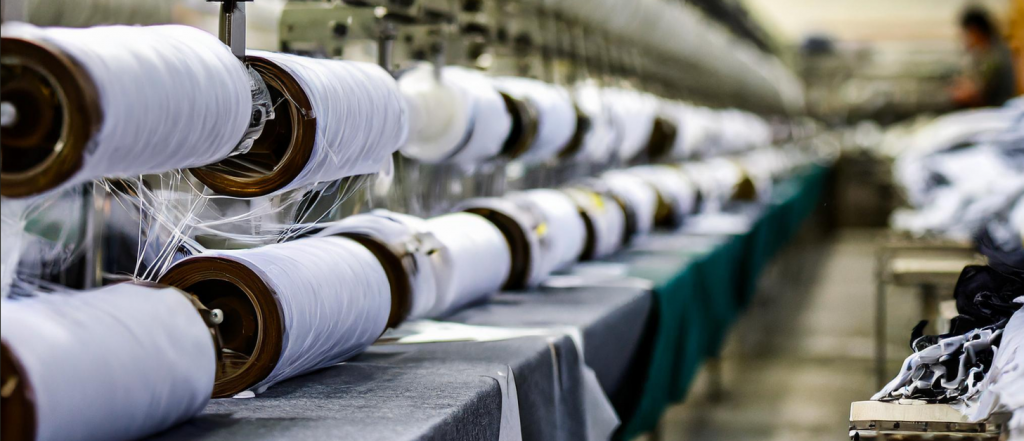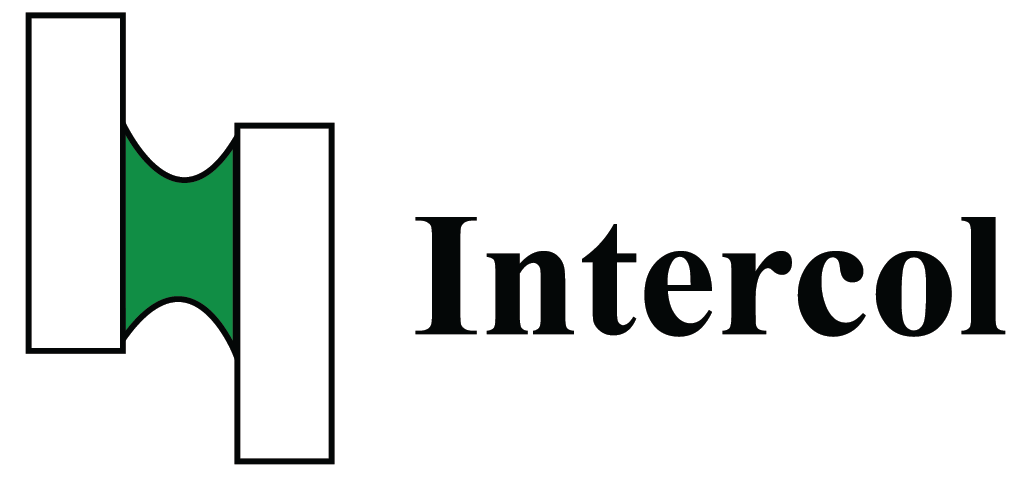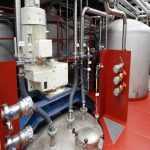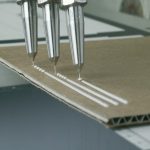Polymers are often used in textiles to add properties to the end product, such as colouring, stiffness, laminations and flame retardancy. Most polymers enable binding additives such as pigments to the end products, but also polymers on itself have a property as a coating or binding of fibers.
Polymers are used in several textile products like:
- Footwear
- Leather
- Automotive interiors
- Upholstery/Furniture
- Garments
- Construction
There are many polymers used in textile applications, like:
- Acrylics
- Styrene acrylics (SA)
- Styrene butadien (SB)
- Vinyl acrylics
- Polyvinyl chloride (PVC)
- PVAC (poly vinyl acetate)
- VAE (Vinyl Acetate Ethylene)
- PUR (polyurethane)
- EVCI (Vinyl Chloride)
- AB nitril
Polymers can help textiles in applictians like:
- Absorbent hygiene construction and coating
- Filtration, e.g. drylaid fibers
- Textile
- Coatings
- Finishing
- Formulations
- Printing (primer, binder for the ink)
- Wipes & Towel production

Intercol is experienced in VAE formulations and compounds. VAE can offer unique advantages to your textiles, such as:
- Compability with additives, like flame retardants, pigments, sillicones, and other polymers (like SA, PVAC and PU)
- Unique hydrophobic and hydrophylic properties
- Softness/Stiffness range, between -35°C up to 40°C
- High adhesion to cellulosic materials, like cotton, hemp and many biobased fibers
- Crosslinkable grades available, for high durability and wash resistancy
- Chloride terpolymers available, for increase flame retardancy
- High colour stability (non yellowing, UV stable)




